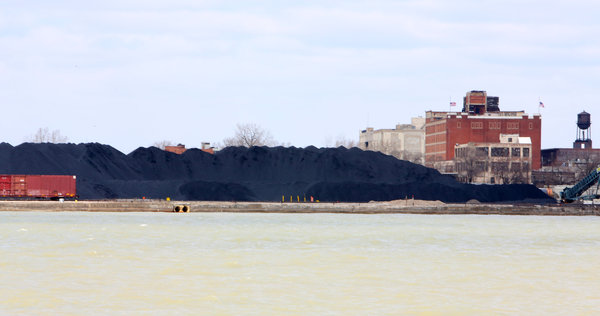Colleen Schreiber has written an excellent article in the June 13 edition of Livestock Weekly, “Landowners Hold Off Oil and Gas Lobby on Common Carrier Bills,” describing the blow-by-blow negotiations and lobbying in the pipeline industry’s efforts to “solve” the problems created by the Texas Supreme Court’s decision in Tex. Rice Land Partners, Ltd. v. Denbury Green Pipeline-Tex., LLC, 363 S.W.3d 192, 198 (Tex. 2012).
Lined up on one side: pipeline lobbyists supporting bills by Rep. Tryon Lewis, R. Odessa, in the House, and Robert Duncan, R. Lubbock, in the Senate, including the powerful Koch brothers, owners of Koch Enterprises.
On the other side: Texas and Southwestern Cattle Raisers Association, Texas Farm Bureau, Texas Land and Mineral Owners’ Association, the Bass family, and plaintiffs’ lawyers.




